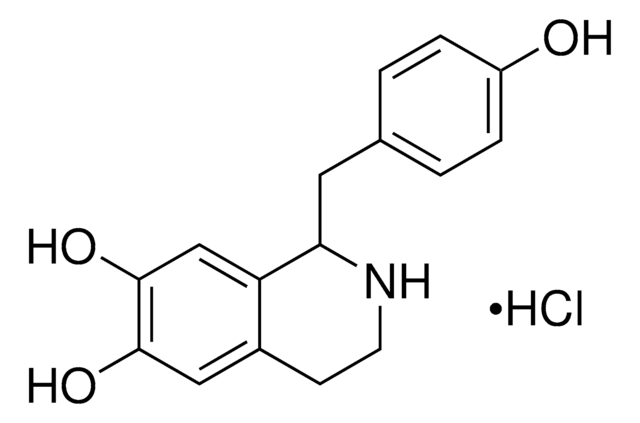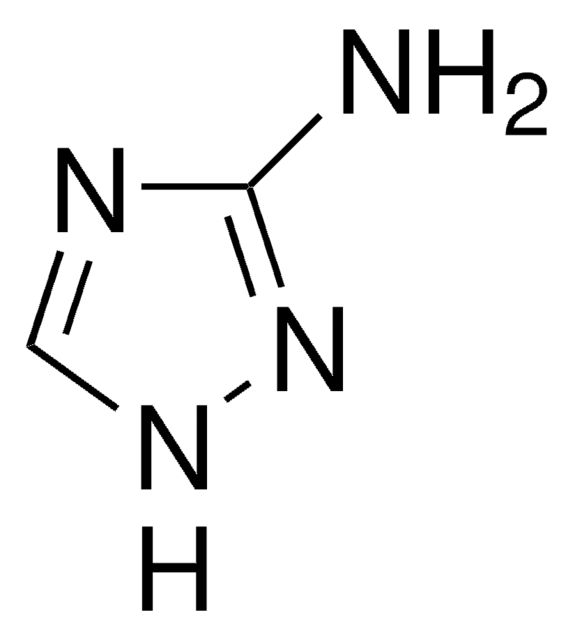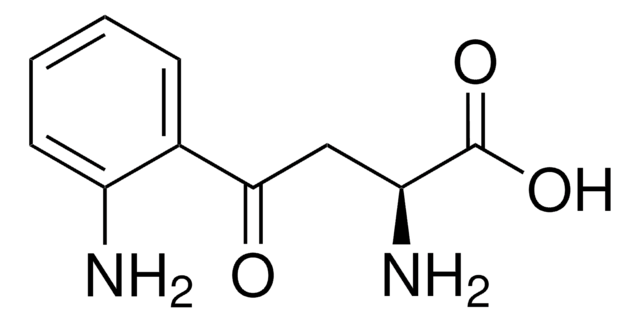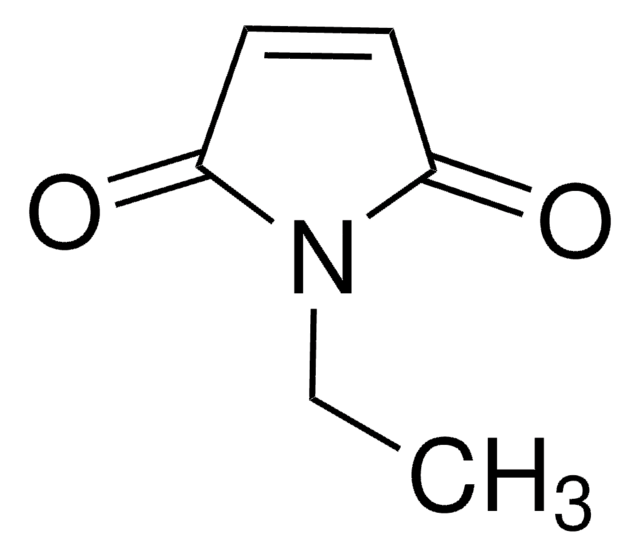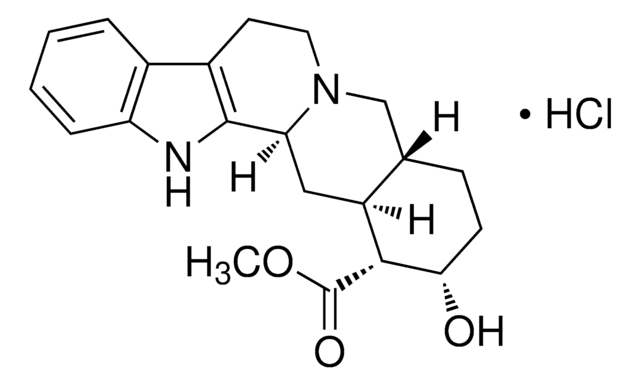SML1821
Imidafenacin hydrochloride
≥95% (HPLC)
동의어(들):
2-Methyl-α,α-diphenyl-1H-imidazole-1-butanamide hydrochloride, 4-(2-Methyl-1-imidazolyl)-2,2-diphenylbutanamide hydrochloride, 4-(2-Methyl-1H-imidazol-1-yl)-2,2-diphenylbutanamide hydrochloride, CID 6433090 hydrochloride, HY-B06626433090 hydrochloride, KRP-197 hydrochloride, ONO-8025 hydrochloride
로그인조직 및 계약 가격 보기
모든 사진(1)
About This Item
실험식(Hill 표기법):
C20H21N3O · HCl
CAS Number:
Molecular Weight:
355.86
MDL number:
UNSPSC 코드:
12352200
NACRES:
NA.77
추천 제품
Quality Level
분석
≥95% (HPLC)
양식
powder
색상
white to beige
solubility
H2O: 15 mg/mL, clear
저장 온도
2-8°C
SMILES string
[n]3(c(ncc3)C)CCC(c2ccccc2)(c1ccccc1)C(=O)N
생화학적/생리학적 작용
Imidafenacin exhibits anticholinergic properties. It also has potential therapeutic effects on prostatic hyperplasia.
Imidafenacin is a potent antimuscarinic agent that exhibits selectivity toward muscarinic M3 receptors with Kb of 0.317 nM. Imidafenacin is used for treating overactive bladder.
Storage Class Code
11 - Combustible Solids
WGK
WGK 3
Flash Point (°F)
Not applicable
Flash Point (°C)
Not applicable
가장 최신 버전 중 하나를 선택하세요:
Naoki Aizawa et al.
The Journal of urology, 193(4), 1423-1432 (2014-09-16)
Imidafenacin and fesoterodine are used to treat overactive bladder. Imidafenacin, fesoterodine and its active metabolite 5-hydroxymethyl tolterodine are muscarinic receptor antagonists. It is believed that these agents act on afferent nerves in addition to smooth muscle. We investigated the effects
Masayuki Takeda et al.
Urology, 82(4), 887-893 (2013-08-21)
To evaluate the effects of add-on treatment with an anticholinergic (imidafenacin) on persistent overactive bladder (OAB) symptoms despite α-blocker (tamsulosin) treatment in patients with benign prostatic hyperplasia (BPH). Patients with BPH ≥50 years old, with urinary urgency at least once per
Shiori Kuraoka et al.
Journal of pharmacological sciences, 131(3), 184-189 (2016-07-20)
The present study aimed to directly characterize specific binding sites of tritium ([(3)H])-labeled imidafenacin, a new radioligand for labeling muscarinic receptors, in the bladder and other peripheral or central nervous tissues of rats. Muscarinic receptors in rat tissues were measured
Takanobu Yamazaki et al.
European journal of pharmacology, 791, 72-77 (2016-10-30)
Imidafenacin, an antimuscarinic agent for treating overactive bladder, has an antidiuretic effect, but the detailed mechanisms of action remain unclear. The cholinergic and vasopressin systems are known to interact, for example, in the suppression of vasopressin-induced water reabsorption through muscarinic
자사의 과학자팀은 생명 과학, 재료 과학, 화학 합성, 크로마토그래피, 분석 및 기타 많은 영역을 포함한 모든 과학 분야에 경험이 있습니다..
고객지원팀으로 연락바랍니다.